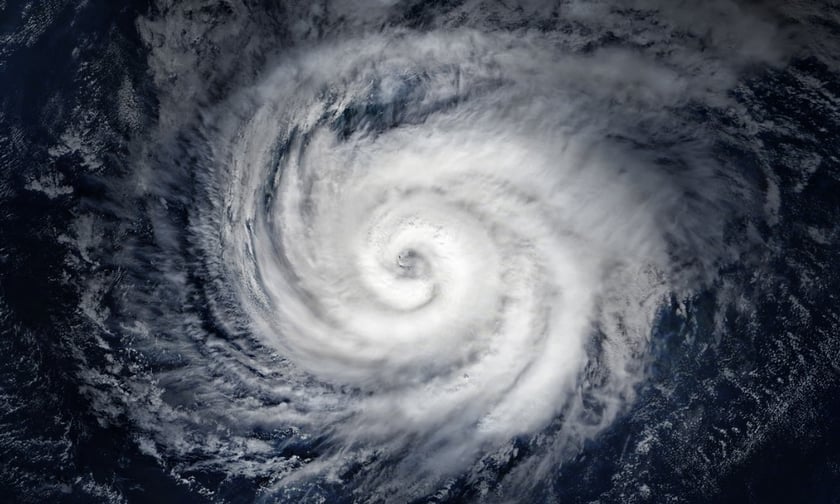

Verisk’s extreme event solutions team projects that Hurricane Beryl will cause insured losses to onshore properties in the US amounting to between $2 billion and $3 billion.
Beryl, which had crossed the Windward Islands as a Category 4 hurricane by July 1 and became the earliest Category 5 hurricane recorded in the Atlantic, achieved peak intensity on July 2 with sustained winds of 165 mph.
Despite initially favorable conditions for further intensification, Beryl’s structural imperfections limited it to a Category 1 hurricane at landfall near Matagorda Bay, Texas, around 4am CDT on July 8. The storm made landfall with maximum sustained winds of 80 mph and a central pressure of 979 mb before progressing inland.
Verisk highlighted that Beryl caused extensive and prolonged power outages across Texas, affecting nearly three million households, with over 2.2 million impacted in Harris County alone. It was pointed out that power failures may lead to significant insurance claims related to food spoilage, mold, additional living expenses, and business interruptions.
Meanwhile, heavy rainfall resulted in flooding across roadways and homes in the Houston area and parts of western Louisiana. Wind damage included broken windows and damaged roofs, particularly affecting residential and apartment complexes.
Verisk’s projections do not include several potential losses, such as excess impacts due to power outages not explicitly modeled, losses from storm surge, claims paid by the National Flood Insurance Program, and losses aggravated by litigation, fraudulent assignment of benefits, or social inflation.
Storm surge leakage losses on wind-only policies due to government intervention, precipitation-induced flooding, and losses to inland marine, ocean-going marine cargo and hull, and pleasure boats are also excluded.
Additionally, uninsured property damages, infrastructure losses, extra-contractual obligations, and damages from hazardous waste cleanup, vandalism, or civil commotion are not included. Losses resulting from the compromise of existing defenses like levees, loss adjustment expenses, other non-modeled losses including from tornadoes generated by the storm, and US offshore and non-US property losses are similarly excluded.
What do you think about this story? Share your thoughts in the comments below.
